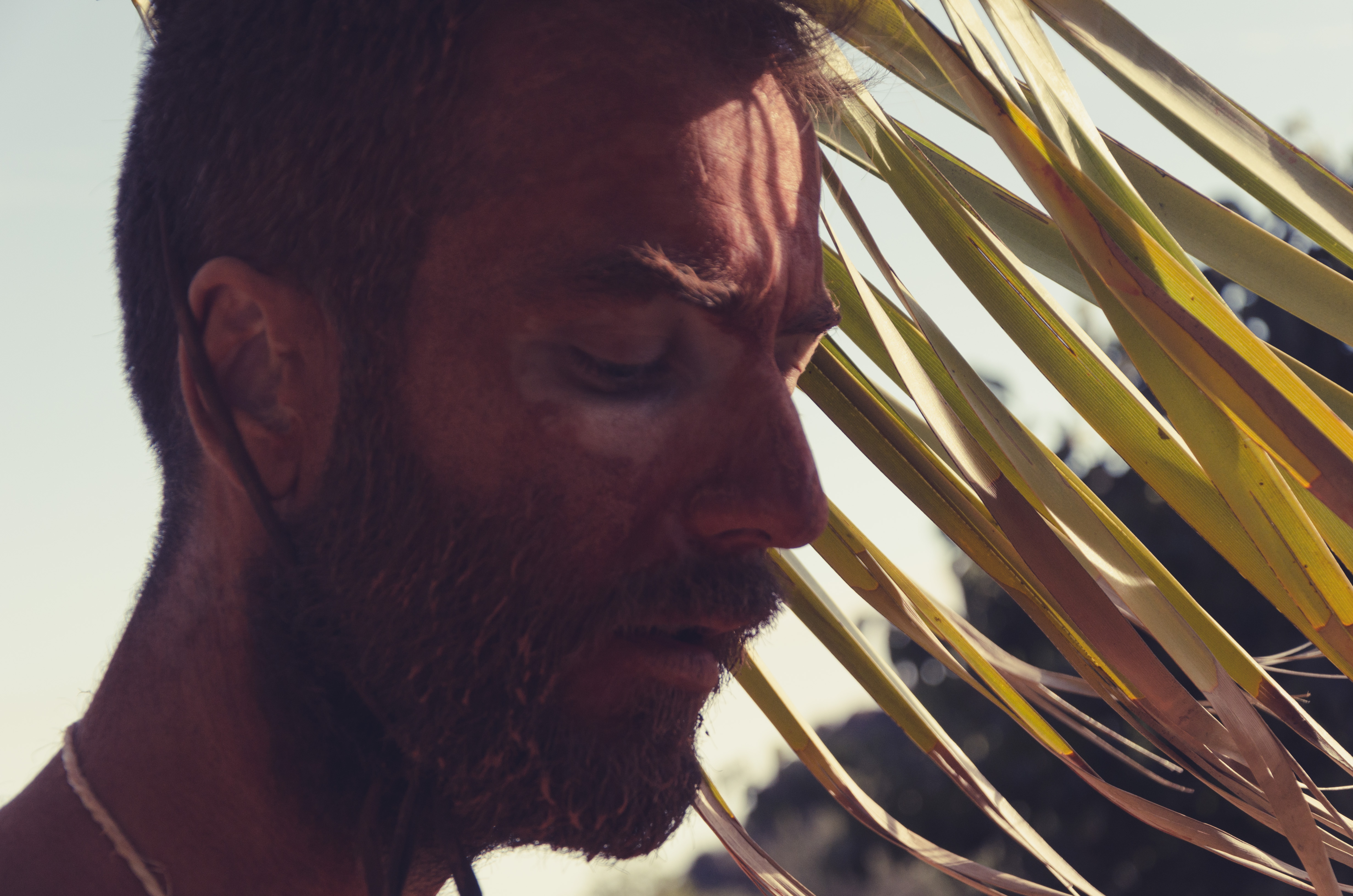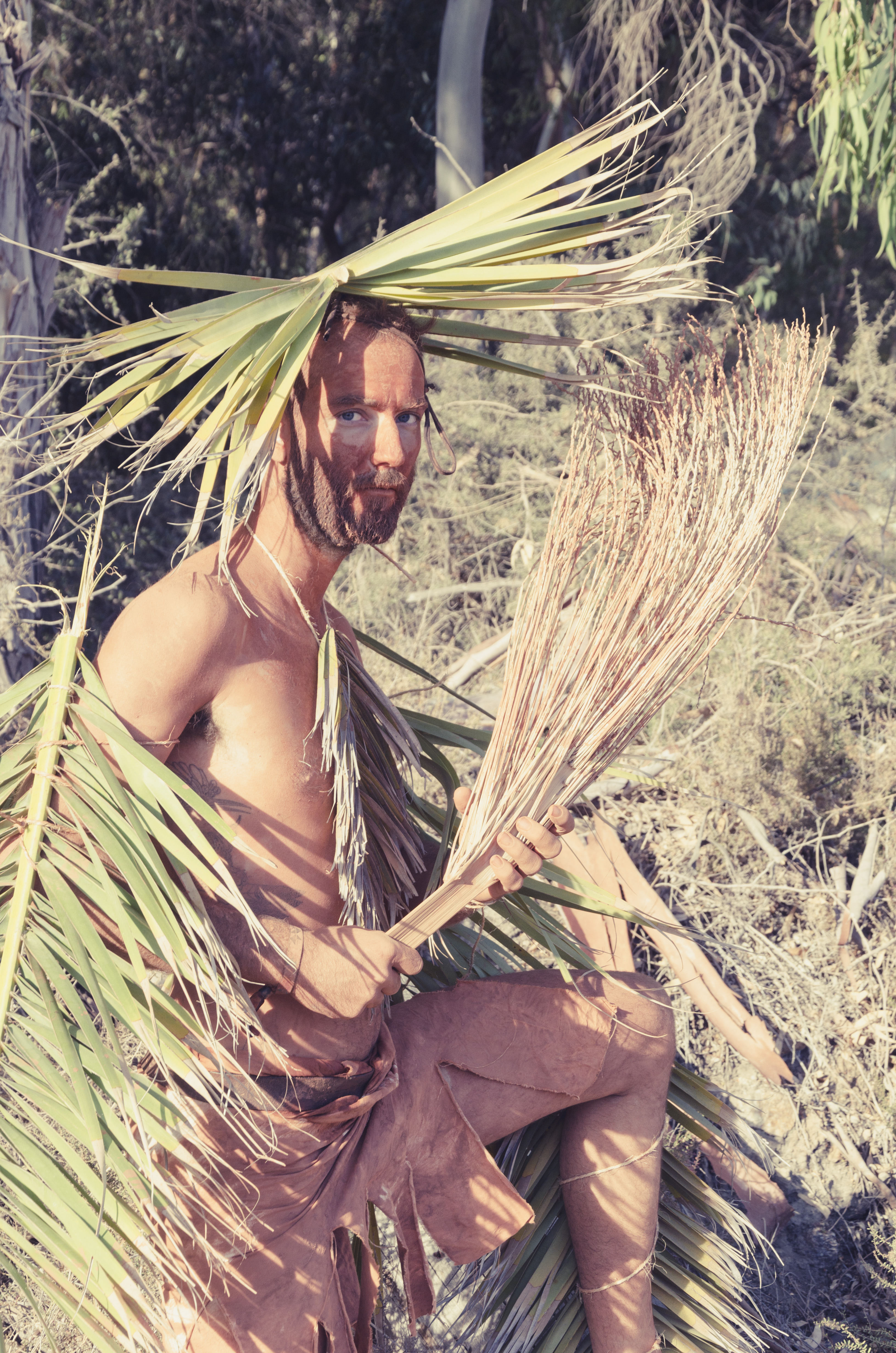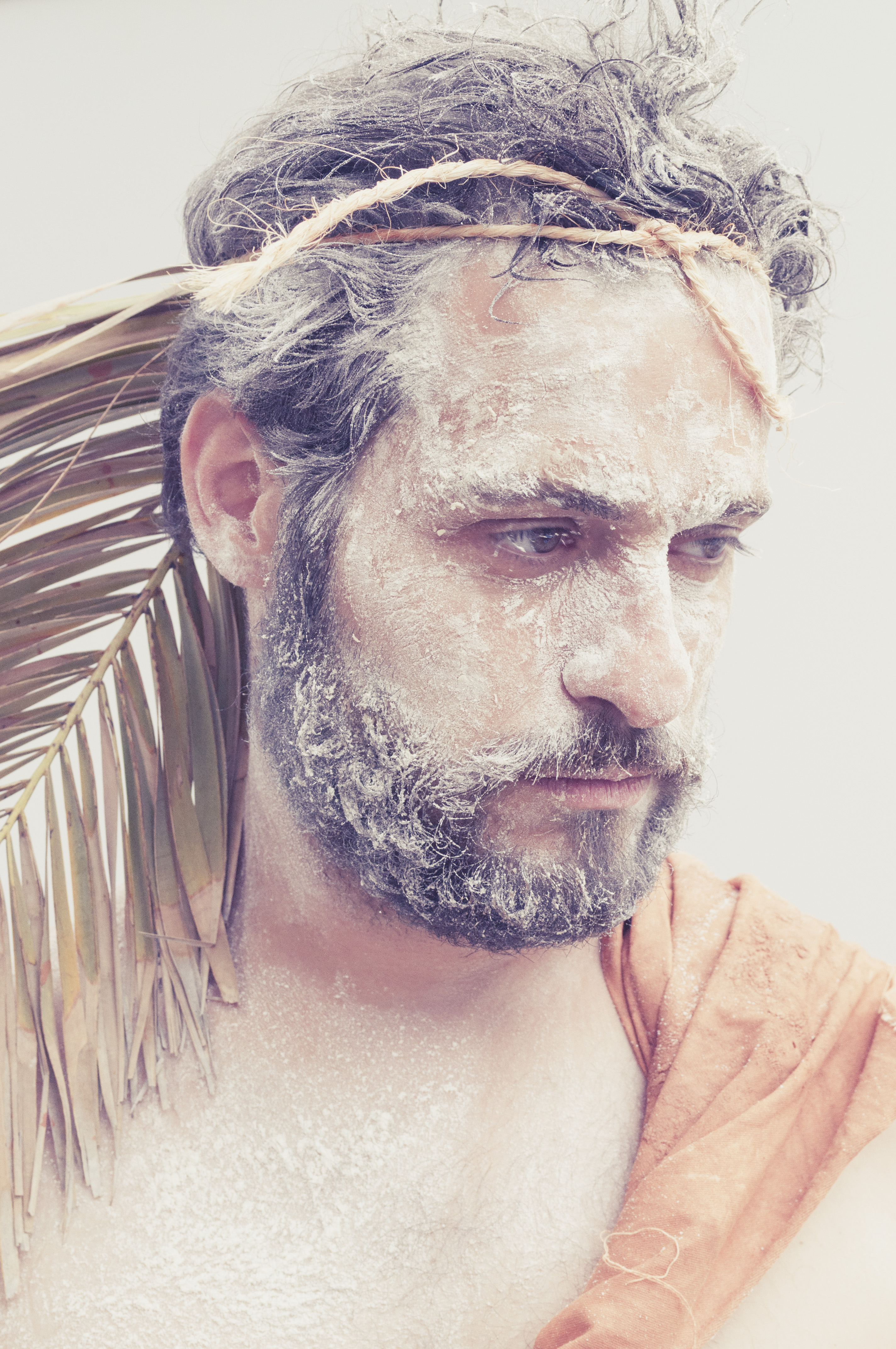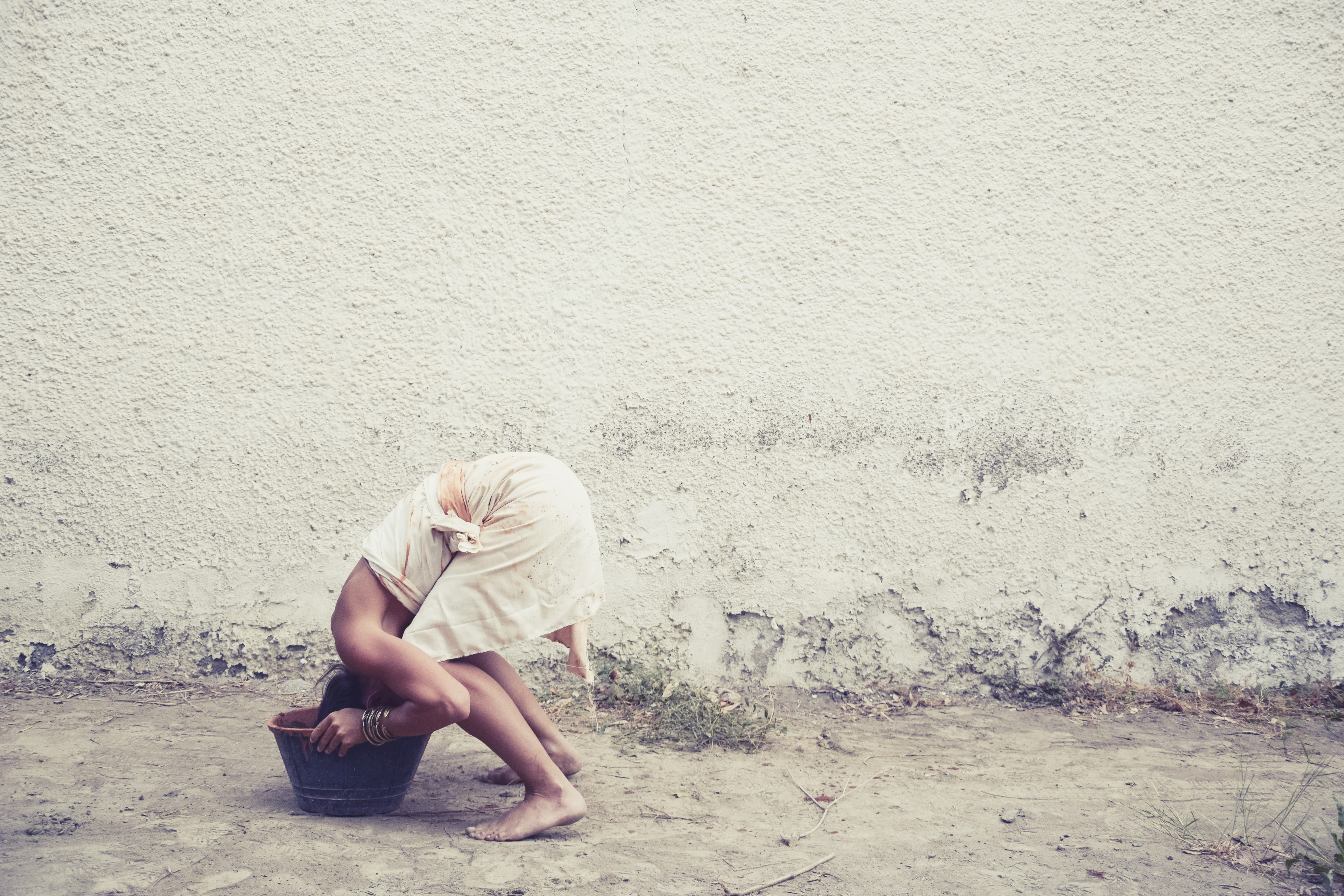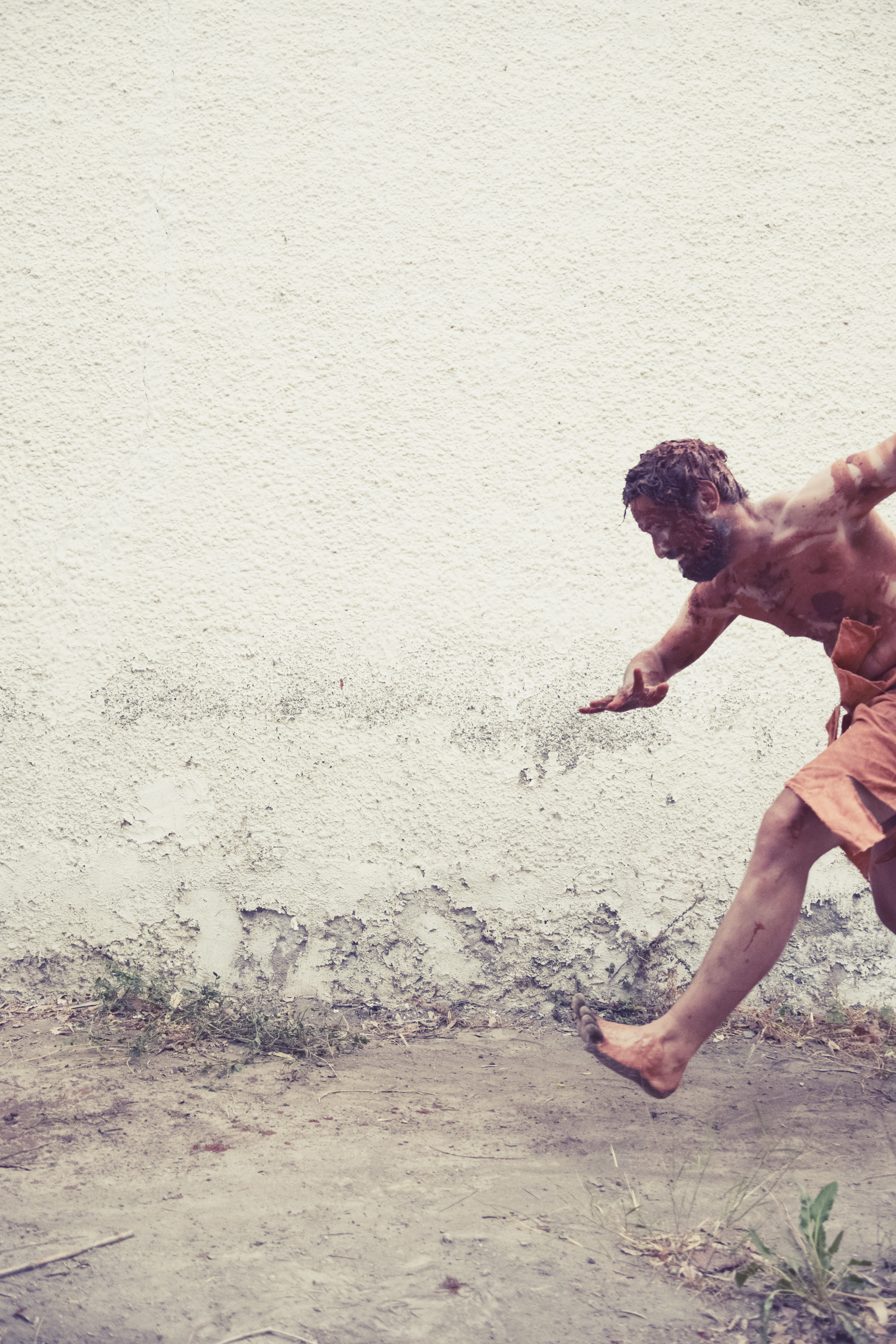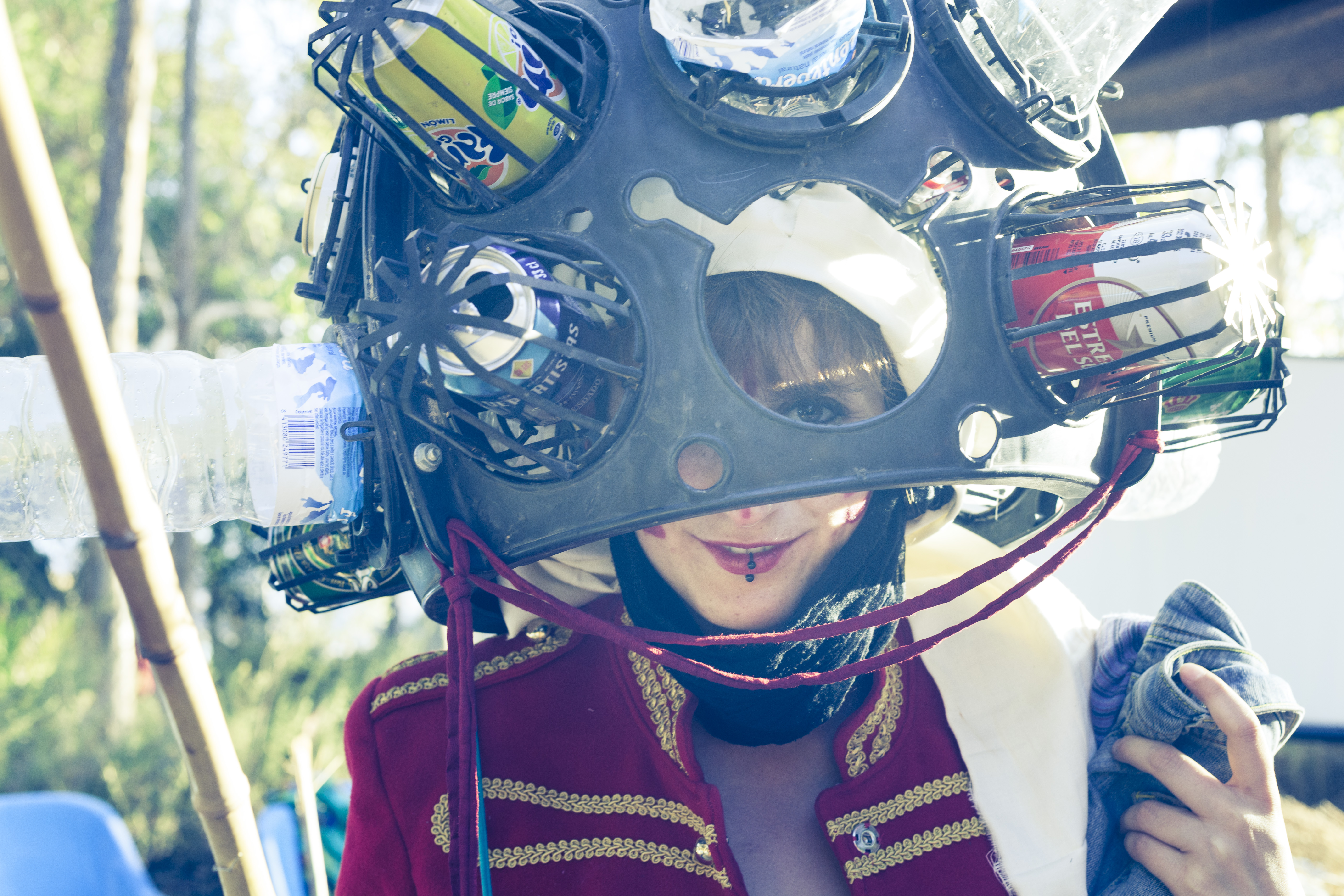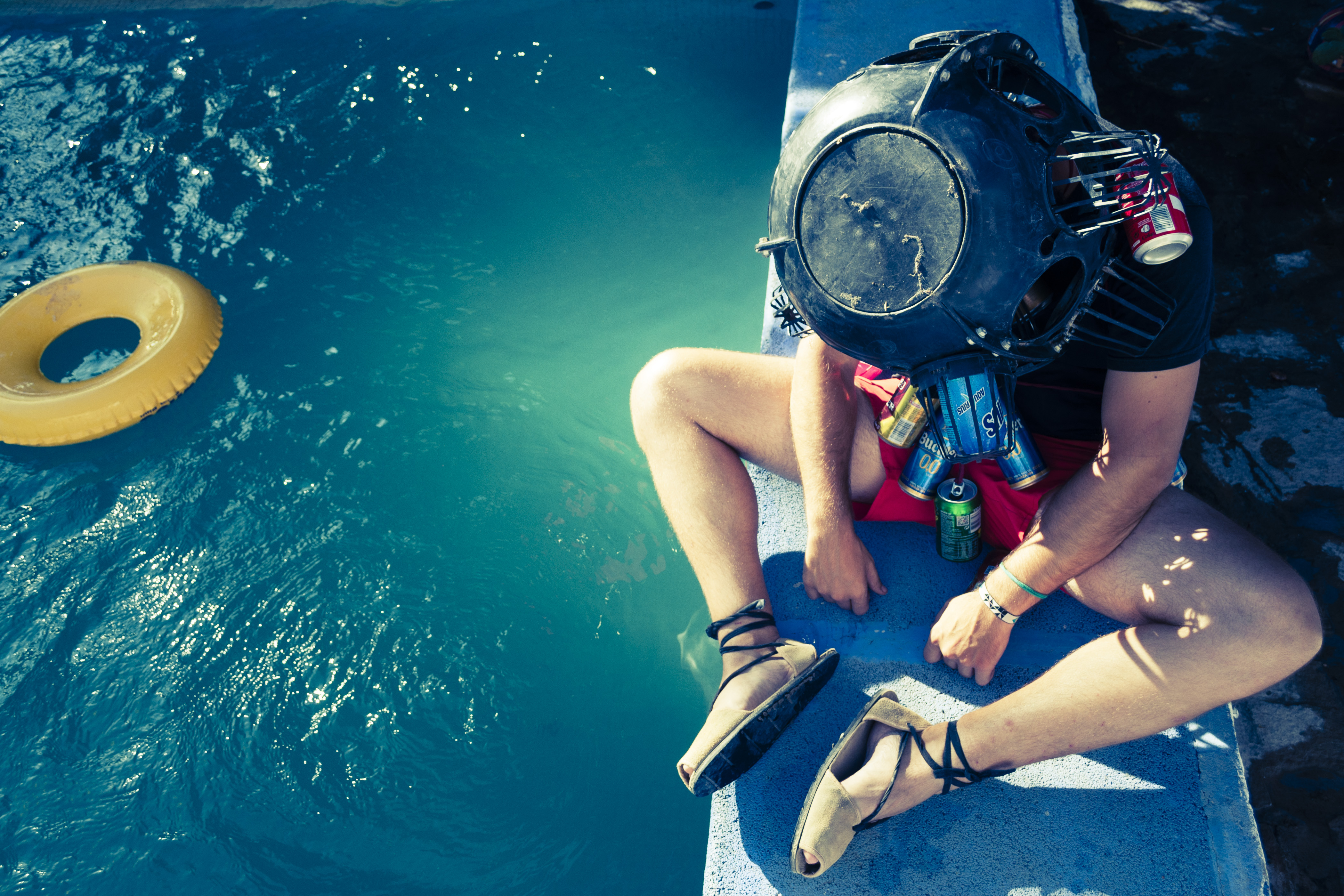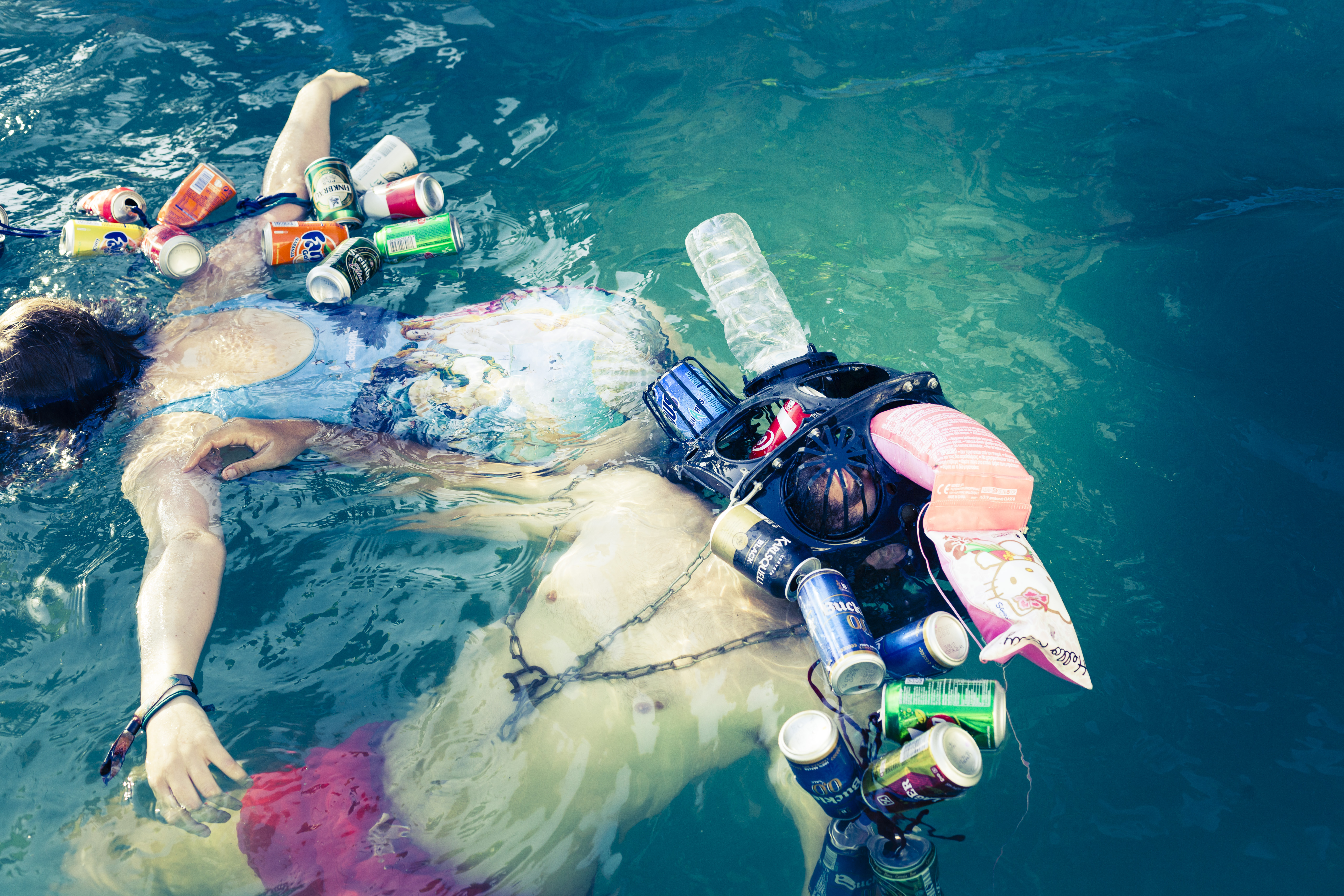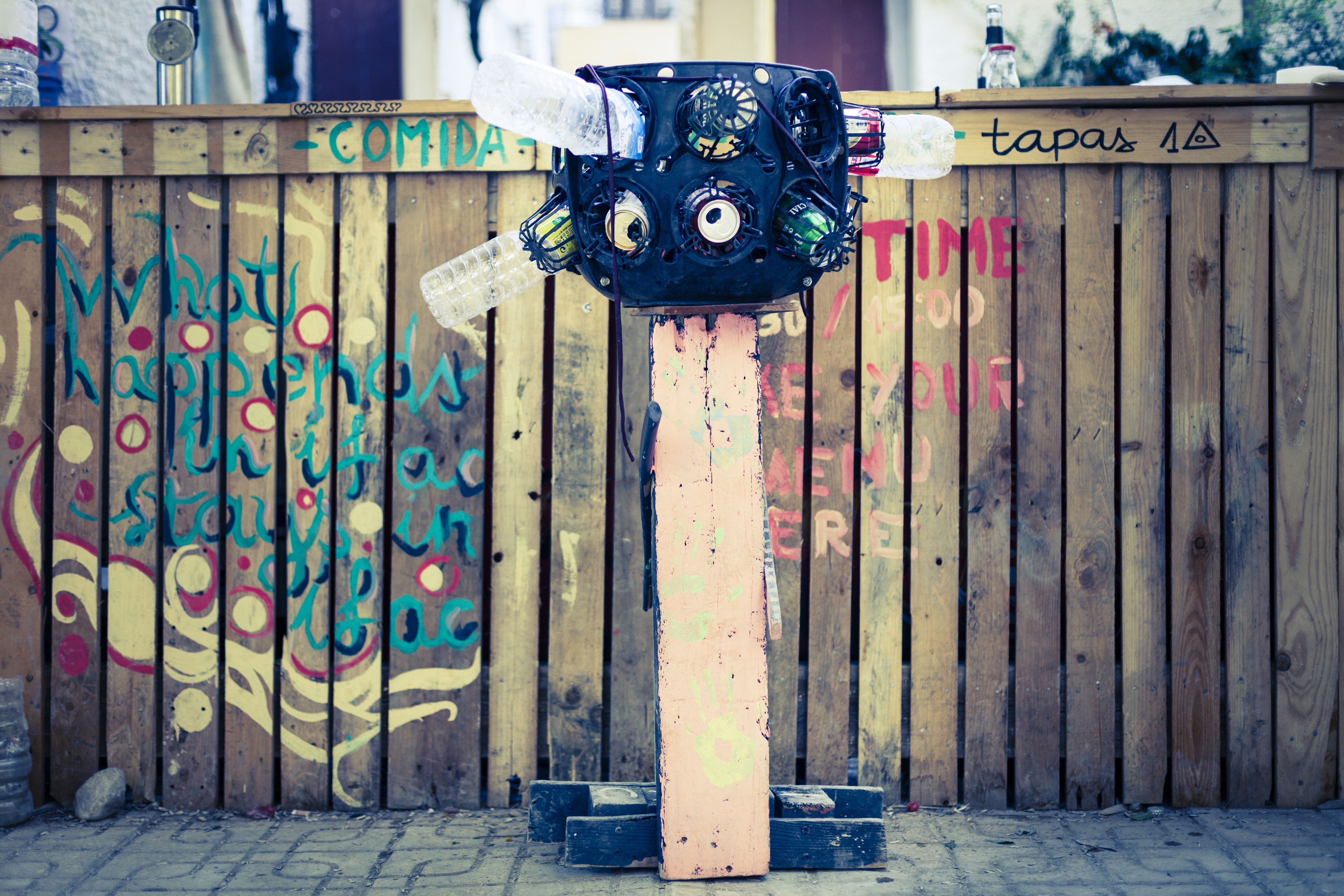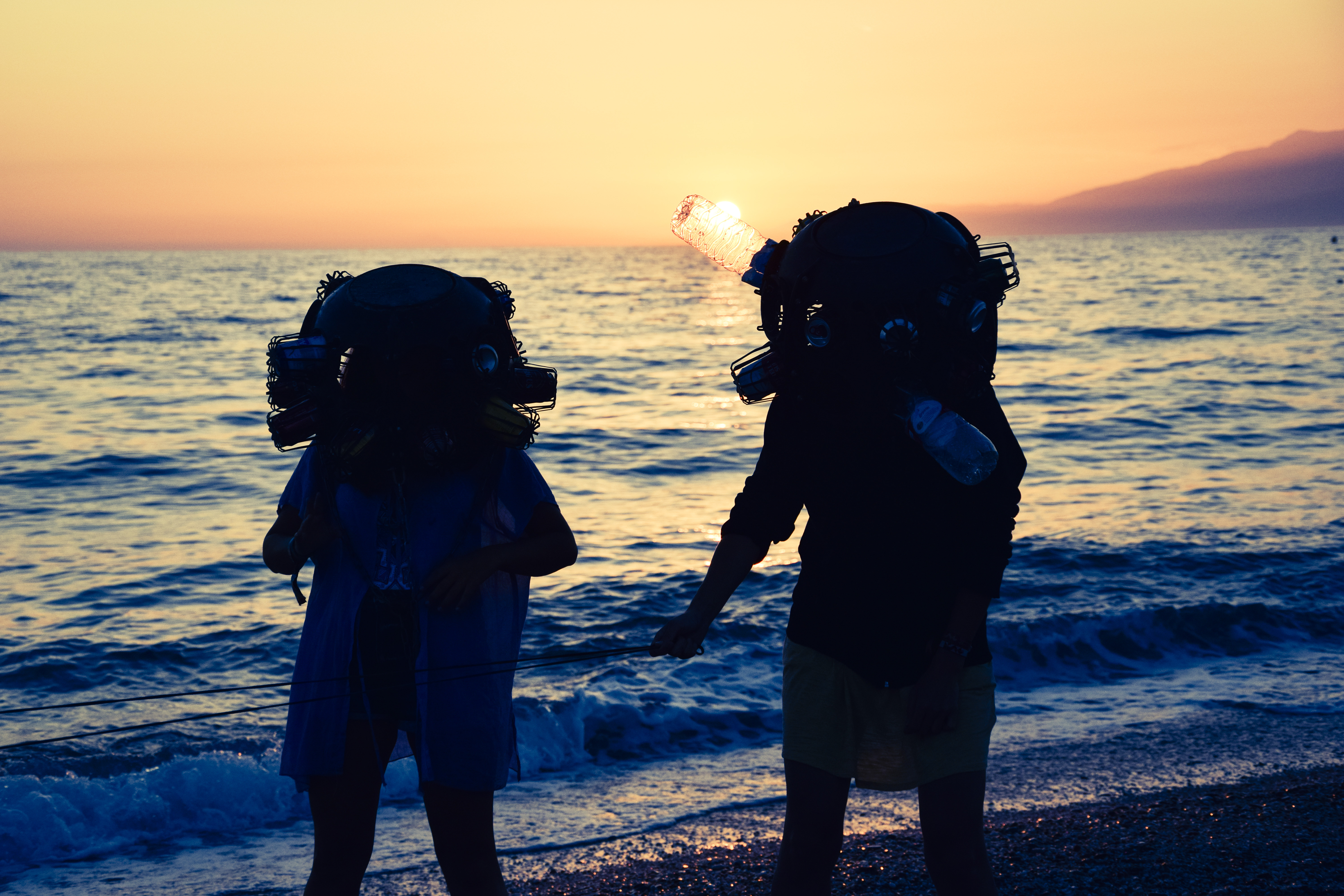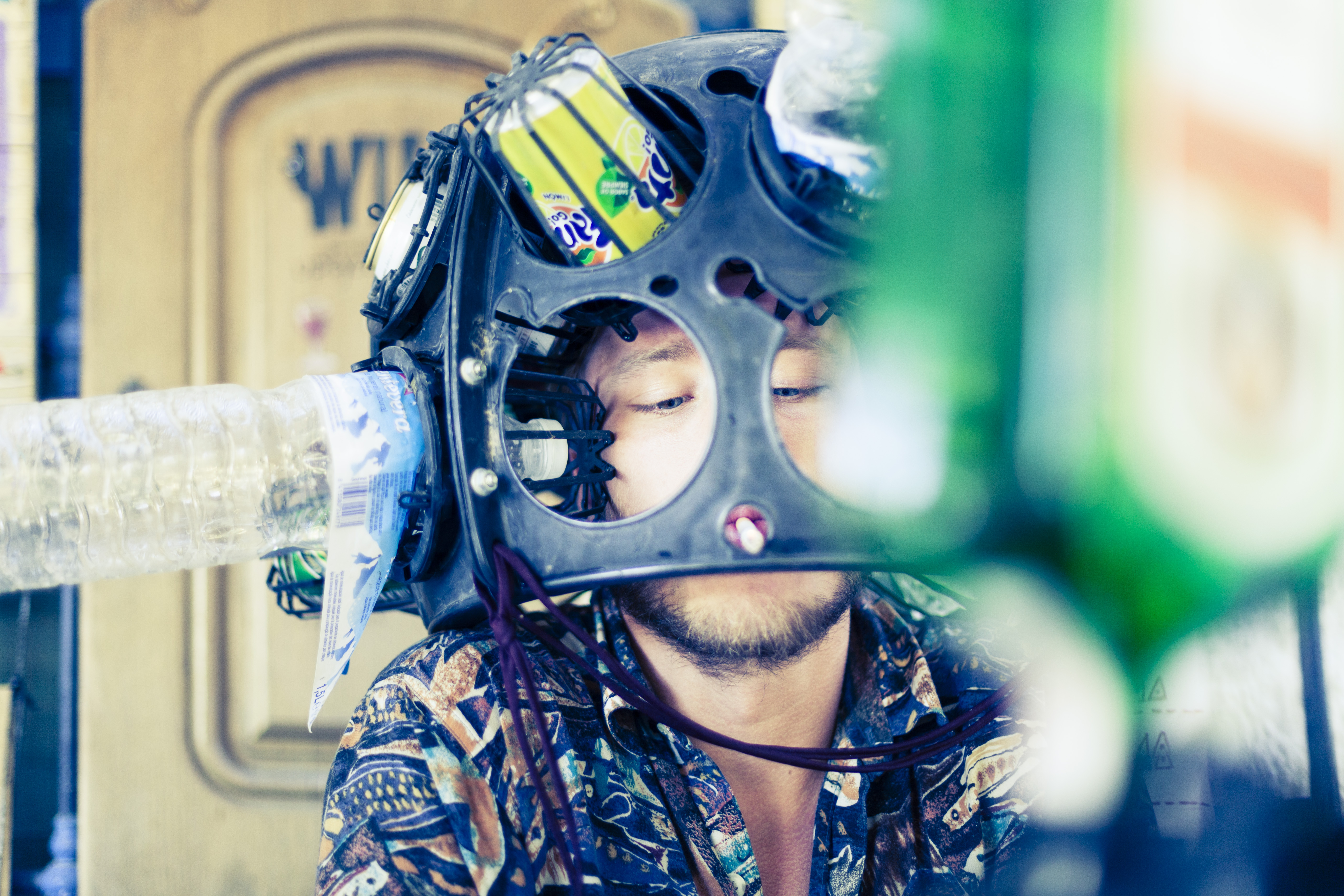
Photography / Ifac 2016, The Legend
Note: Behind every myth there is a legend. This is the germ of the photographic project: Ifac 2016 The Legend, which is also an experimental methodology based on a ludic learning and photography as a way for exploring the environment. Visit it on its original web, or keep reading.
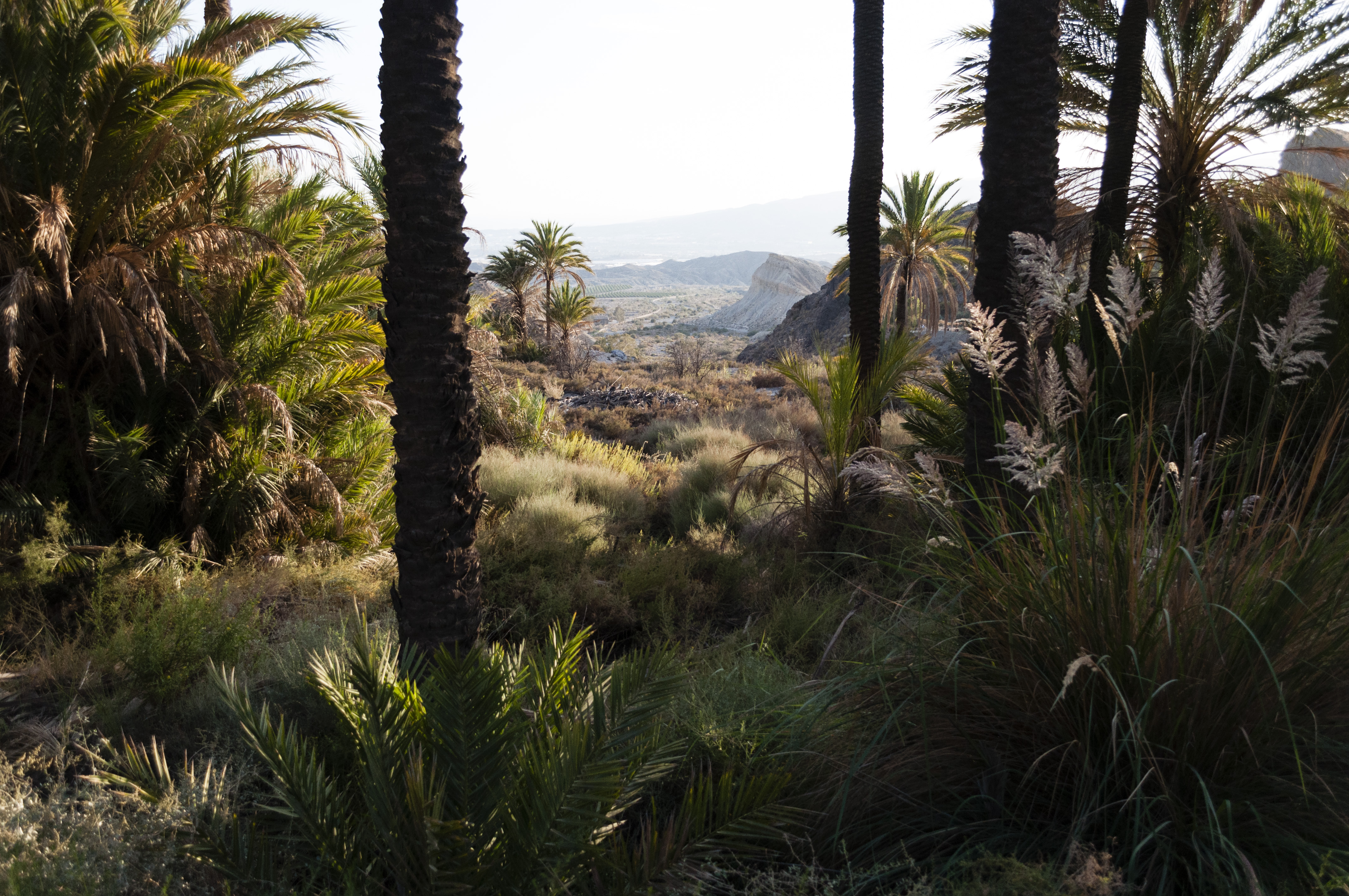
During one of our frequent journeys across the country, we arrived, not knowing quite well how, in a tiny village in Sierra Alhamilla, where we lodged ourselves for several days. The goddess Fortuna must have arranged for us to speak, after a few affable conversations with the comely people of the place, with one particular fellow: a local that went on to show us a little document found in one of the numerous caves that spread across the mountain range and its surroundings. According to him, this graphic document, supposedly crafted with the ancient and forgotten method of photography (some of you might perhaps remember it), contained one of the most famous and controversial legends of Sierra Alhamilla, which took place not so long ago, though in a time difficult to pinpoint.
Convinced that we ought to bring these facts to light, we felt the pressing need to take with us the manuscript we now present to you. We hope the images reproduced here will not disturb the readers, who should be aware of the magnitude of the facts described:
PROLOGUE
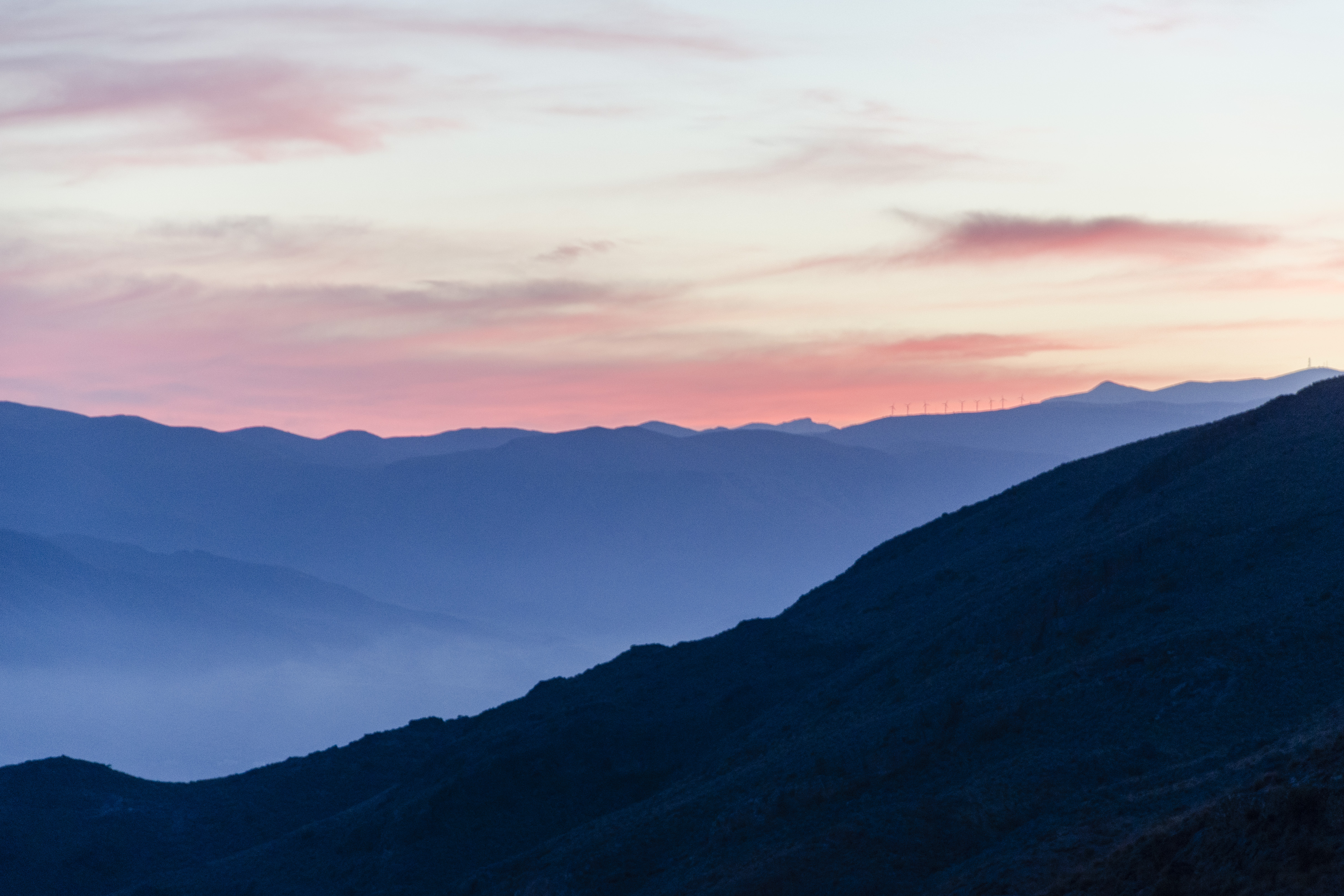
After the collapse of what was once known as “The Civilization”, following the last war between the great corporations of McDonlandia, Microsoftia and Aplek, the world was reduced to a handful of ruins. Only a small part of the population found a way to survive in that new life.
To that end, they settled in a place called Sierra Alhamilla and were organized in small tribes. Some say they arrived by sea; others, that they came from the mountain depths. Others still, the most daring, claim they were always there, but had remained unnoticed.
They seemed to be divided in two very different tribes. Their attire, dances, imagery, buildings and even language seemed to have nothing in common. But, as we know, what is important is invisible to the eye.
Perhaps they were simply two sides of the same coin, whose only mission was to strengthen their love and respect for the landscape around them.
It is said that, one day, they left just as they had arrived, apparently leaving the place just like they had found it. But be sure of one thing: neither those people nor that magical place would ever be the same…
THE PLASTIC PIRATE TRIBE
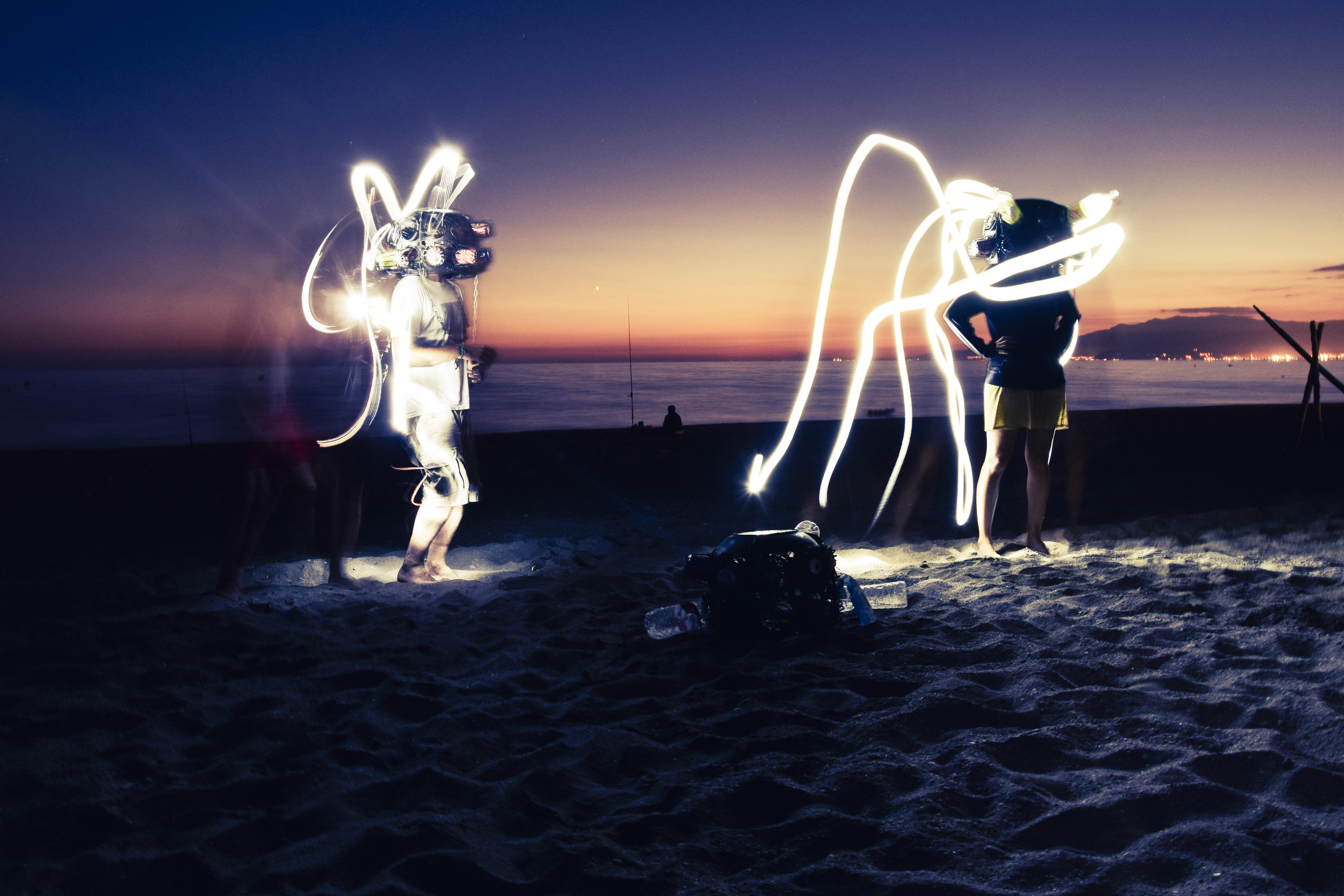
They lived mainly at night, in a secret temple they called “The Bar”, where “tokens” were the money used and the main diet consisted of massive intakes of barley.
Searching through items they had refused in the past, they created all sorts of totems, jewels and trinkets. The remains of the past became a treasure, a representation of the years they had survived after the collapse.
They made their own helmets out of discarded planting devices. It is said that, by using these masks and drinking a potion made from fermented roots, they sought to reach a state of “Ifactine”. This almost hallucinogenic state allowed them to speak to their deities, who revealed them the deepest secrets about waste.
The tribe believed they would find the key to dissolve inorganic waste, ridding the world of all the residue it had accumulated through the ages and emanating an energy that, when poured onto the ground, would create a new seed, from which the new great tree of life would germinate, thus starting a new golden age.
THE PALM-PALM TRIBE
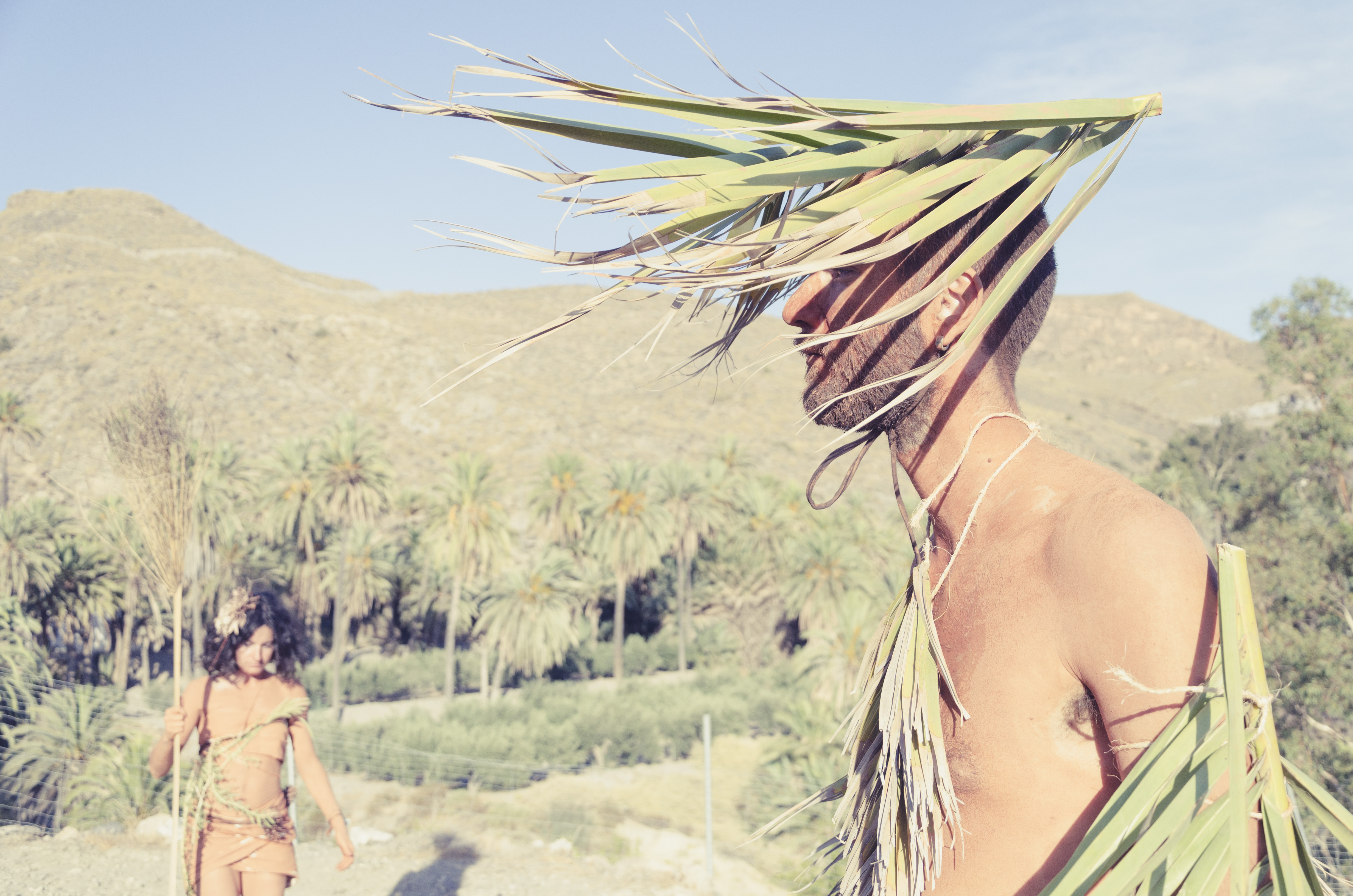
The first hypotheses suggest that the members of the Palm-Palm tribe traveled across the desert, light as seeds in the wind, looking for a place to settle.
Trees were their deities. To them, and especially to palm trees, they owed their name and lives. Just like palm trees, members of the Palm-Palm tribe fed from solar energy (which they received through their palms) and from soil nutrients (which they absorbed through their feet). They fed and communicated using their palms: they “touched” textures, temperatures and emotions through their finger tips.
Just like some plants, they had no gender distinctions, for they believed a male would turn into a woman, and vice versa. Thus, their rituals were of particular importance, especially those devoted to mating, which canceled out the dual nature of a man and a woman, favoring the creation of a symbiosis. This was their preparation for the ultimate union, being equal in spirit and in flesh.
Their love for the Earth and nature’s elements gave them the necessary resources to find shelter. Rubbing their bodies with their own blood, the soil, they would become one with the place that had seen them come to life.
THEORIES
Surprised by the importance and transcendence of the facts and characters here described, we tried to find verisimilitude and credibility to such beliefs. As happens with all legends, many theories have been proposed in the attempt to provide an explanation to these intriguing facts, which escape all classification. One of the most widely accepted theories, though not necessarily truer than any of its predecessors, is the one put forth by scientists and historians Gonzalo Villalba and Vicenta Calvino:

“All human gatherings occurred in Sierra Alhamilla were the result of a Collaborative Photography Project during the International Festival of Art and Construction (IFAC). There, participants documented from a subjective standpoint all the events that took place in the course of approximately 10 days”.
According to Dr. Gonzalo Villalba’s thesis, the group was trying to explain in a practical manner concepts such as subjectivity in the photographic practice and the distorted relation between Photograph/Idea/Memory.
Delving deeper into the same theory, though with a different research approach, Dr. Vicenta Calvino goes on to clarify that it was not only a gathering around photographic practice. According to her theories, the group experimented with methodologies and strategies to approach the creative process. Playful attitudes were explored as a tool or an ecosystem for creativity, establishing a sort of learning process based on fun.
Other circulating theories, perhaps nothing more than rumors, point to the existence of some youngsters devoid of all life aspirations, some “hipsters” whose only pretense was amusement, the consumption of spirituous drinks of doubtful origin, promiscuity and other mundane pleasures…
Judge for yourselves by reading this graphic document.
PHOTOGRAPHY SERIES

